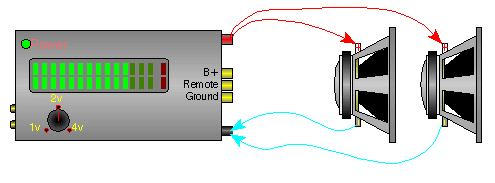Please 'Boom' Responsibly As most of you have noticed, the noise ordinances have become much tougher lately. Most of this is due to idiots, yes IDIOTS, who drive through residential areas with their windows down while their system is playing at full power. To make things worse, the music they listen to has all sorts of foul language that's not suitable for small children, (who may be playing outside). There are even a few people, who are even beyond idiot status, that play their systems at full power through residential areas after 10:00 PM (when many people go to bed). I don't believe that this type of behavior is good for the industry. If the fines get too stiff, people will stop buying large systems. If this happens, more people will get out of car audio (who wants a mediocre system). People get interested in things because they're exciting. A deck and four 6.5" speakers are not going to interest many of the younger car audio enthusiasts. If car audio enthusiasts keep annoying more and more people, the fines will keep getting tougher. All of this will only reduce interest in the equipment that fuels the industry. If you want to listen to your system at full volume, get out on the highway where there's little chance of bothering anyone. When you get to a red light, turn it down. If the only thing attractive about you is your 'system', you have some work to do. Bottom line... Think about what you're doing. Think about other people. It's not the end of the world if you have to turn the volume down for a little while. |
|


This
is a series/parallel connection (below). Connecting
individual woofers in a series configuration is not
common in car audio. This is a lot more common in musical
instrument (guitar and bass guitar) speaker cabinets. In the diagrams below, you can see the relative current flow from the amplifier's outputs (indicated by the red arrows) into various loads. At the bottom, you can see that 2 ohm mono (two 4 ohm speakers bridged) is the same as 1 ohm stereo (four 4 ohm speakers per channel).
|
You should remember:
1.In a series circuit, the current flow decreases and the
impedance increases.
2.In a parallel circuit, the current flow increases and the
impedance decreases.
| If you find a problem
with this page or feel that some part of it needs
clarification, E-mail
me. This is a link to this site's home page. |